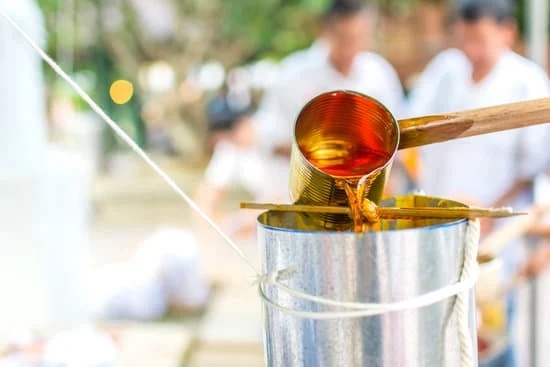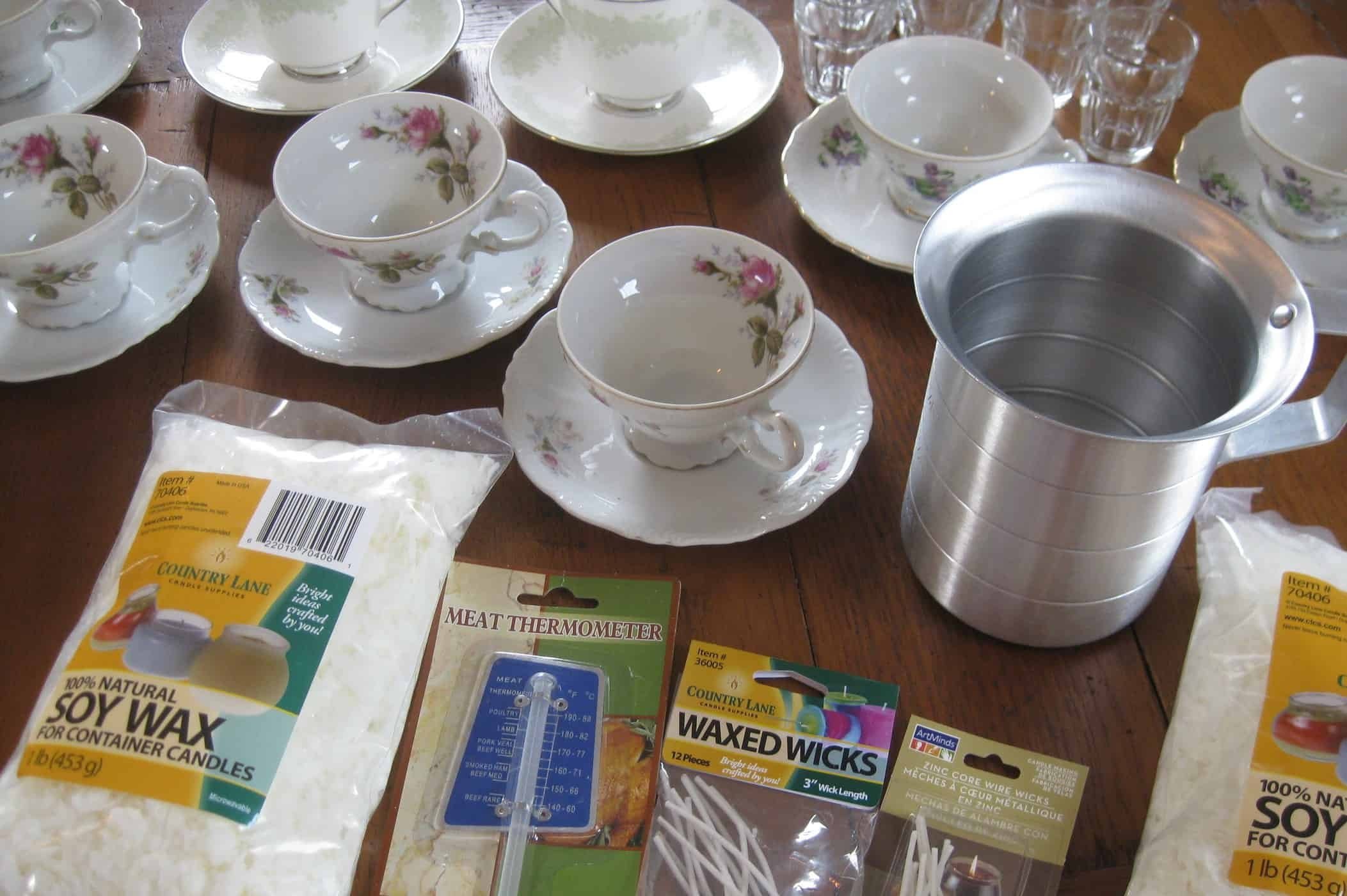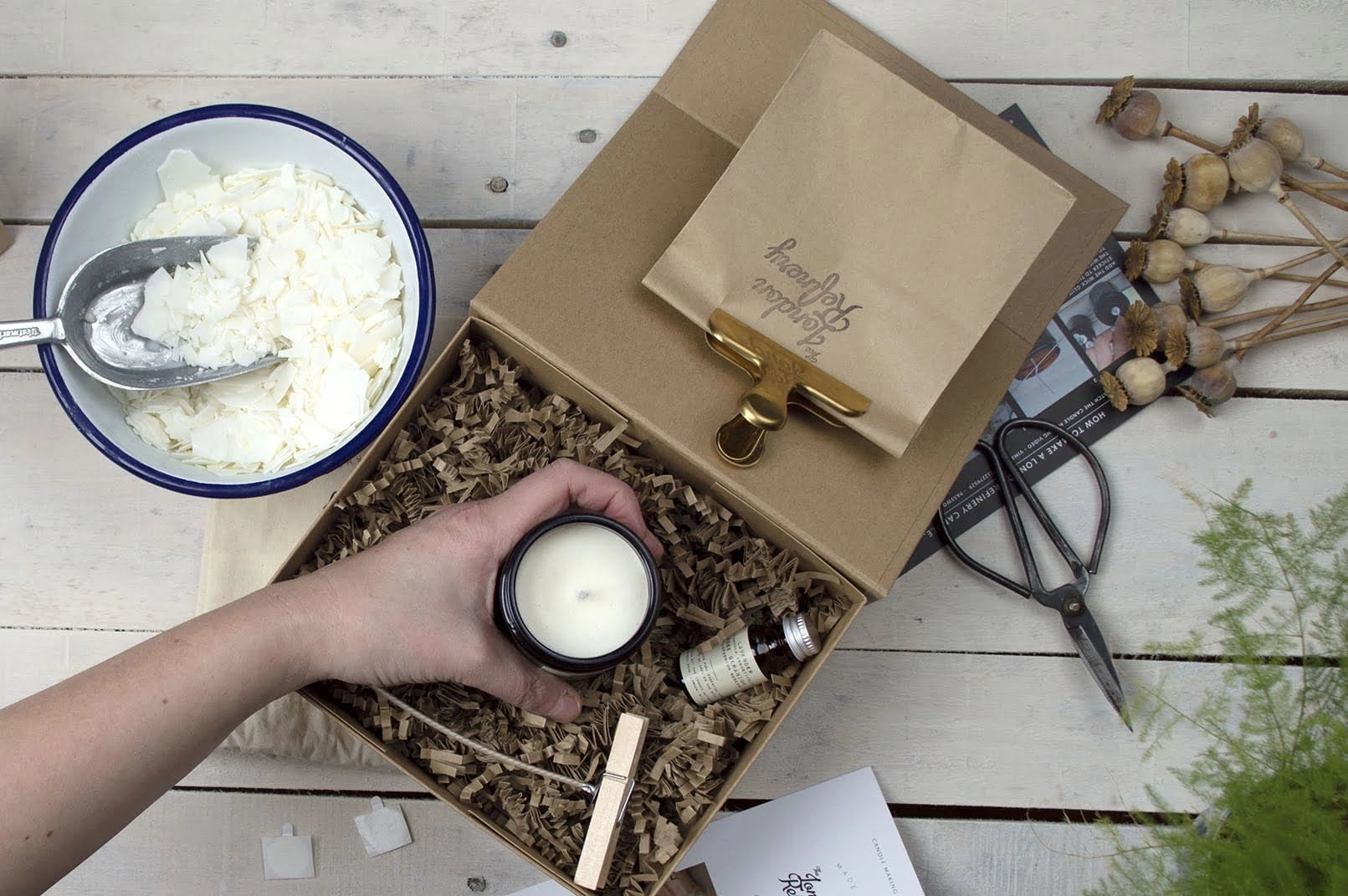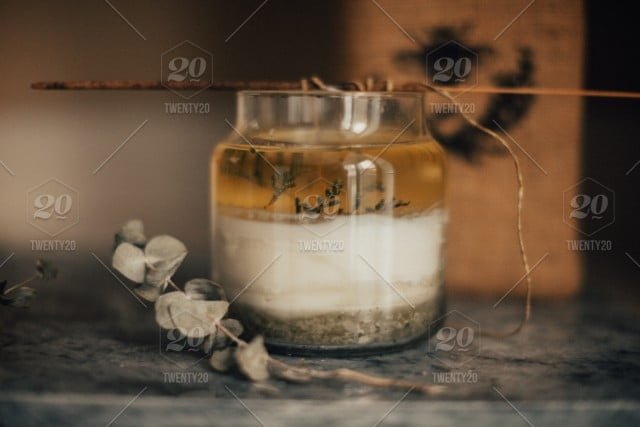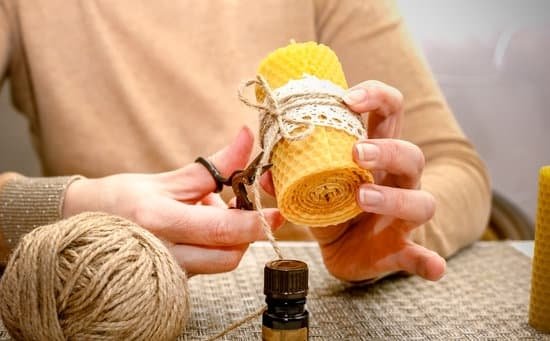Coloring plays a crucial role in the art of candle making, allowing crafters to add a pop of color and personality to their creations. Whether you are a beginner or an experienced candle maker, understanding the various coloring options available can help elevate the aesthetic appeal of your candles. From vibrant hues to subtle shades, coloring choices can significantly impact the final look and feel of your candles.
When it comes to coloring for candle making, there are several options to consider. Dye blocks, liquid dyes, and natural colorants offer a wide range of possibilities for creating beautiful candles. Each type of coloring agent has its own unique characteristics and effects on the final product. Choosing the right coloring for your specific project is essential in achieving the desired outcome and ensuring that your candles turn out just as you envision them.
Whether you are looking to achieve a bold statement piece or a soft pastel hue, mixing colors can help you create custom shades for your candles. By experimenting with different color combinations and techniques, you can unleash your creativity and craft one-of-a-kind candles that stand out. However, it is important to keep in mind factors such as the type of wax used and the overall look you want to achieve when selecting colors for your candles.
Types of Candle Coloring
When it comes to coloring candles, there are various options available to candle makers that can help enhance the visual appeal of their creations. The type of coloring used can impact the overall aesthetic and quality of the finished product. Understanding the different types of candle coloring options is essential for creating beautiful and unique candles.
Dye Blocks
Dye blocks are solid blocks of concentrated coloring agents that are specifically formulated for candle making. They are easy to use and typically produce vibrant and long-lasting colors. Dye blocks offer a wide range of color choices and can be easily mixed to create custom shades. When using dye blocks, it’s important to ensure proper melting and dispersion in the wax for even coloring.
Liquid Dyes
Liquid dyes are another popular option for coloring candles. They come in liquid form, making them easy to blend into the wax. Liquid dyes often provide more intense colors compared to dye blocks and are ideal for achieving bold and vivid hues in candles. Additionally, liquid dyes allow for better control over color saturation, making them suitable for intricate designs or gradient effects.
Natural Colorants
For those looking for a more eco-friendly option, natural colorants derived from plant-based sources can be used in candle making. Ingredients like beetroot powder, turmeric, or spirulina can add subtle tones and earthy hues to candles. Natural colorants may require experimentation to achieve desired shades but offer a chemical-free alternative for coloring candles. Incorporating natural colorants not only adds visual interest but also aligns with sustainable crafting practices.
Choosing the Right Coloring for Your Candles
When it comes to choosing the right coloring for your candles, there are several factors to consider to ensure that you achieve the desired outcome for your specific candle making project. One of the key considerations is the type of wax you are using, as different waxes may react differently to various coloring agents. For example, soy wax tends to have a lighter appearance and may require more dye compared to paraffin wax, which is already opaque.
Types of Coloring Agents
There are various types of coloring options available for candle making, including dye blocks, liquid dyes, and natural colorants. Dye blocks are solid blocks of colored wax that can be melted and added to the candle wax to impart color. Liquid dyes are concentrated liquid colorants that can be easily mixed into the melted wax to achieve vibrant hues. Natural colorants such as mica powders or plant-based pigments offer a more eco-friendly option for coloring candles.
Consider the Desired Outcome
Before selecting a coloring agent for your candles, it is important to consider the desired outcome you want to achieve. Whether you want pastel shades, bold colors, or earthy tones will impact your choice of coloring. Additionally, consider if you want a translucent effect or an opaque finish in your candles, as this will guide you in selecting the appropriate coloring agent. Experimentation with different colors and color combinations can help you determine what works best for your specific project.
When utilizing coloring for candle making, remember to start with small amounts and gradually increase until you reach your desired shade. It is always easier to add more color than it is to lighten an overly pigmented batch of wax. By carefully selecting the right coloring based on the type of wax used and desired outcome, you can create beautiful and customized candles that truly stand out.
Mixing Colors
When it comes to creating unique and custom shades for your candles, mixing colors can be a fun and creative process. One popular technique for achieving the perfect color for your candles is by using a combination of different coloring agents. Whether you are using dye blocks, liquid dyes, or natural colorants, mixing colors allows you to experiment and create one-of-a-kind shades that suit your aesthetic preferences.
To start mixing colors for your candles, begin by selecting the primary colors that you want to work with. By combining these primary colors in varying proportions, you can create a wide range of secondary and tertiary colors to achieve the exact shade you desire.
For example, mixing red and yellow can create orange, while combining blue and red can result in purple. Experimenting with different ratios will help you determine the right proportions to achieve the desired hue for your candles.
Another important aspect to consider when mixing colors for candle making is using a small test batch before adding the color to your entire candle mixture. This will help you see how the colors interact with each other and how they appear once the candle has set.
Additionally, keep track of the measurements and ratios used for each color combination so that you can replicate successful mixes in the future. Remember that creativity is key when it comes to mixing colors for your candles, so don’t be afraid to explore different combinations until you find the perfect shade that speaks to you.
| Color Mixing Technique | Description |
|---|---|
| Primary Colors | Selecting primary colors as base for creating custom shades. |
| Experimentation | Testing small batches of mixed colors before applying to entire candle mixture. |
| Creative Exploration | Encouraging creativity in exploring different color combinations for unique hues. |
Coloring Safety
Coloring for candle making is an essential aspect of the process that not only adds visual appeal to the final product but also allows for creativity and customization. However, it is crucial to prioritize safety when handling and using coloring agents to prevent accidents and ensure quality results in your candle making endeavors.
To ensure a safe working environment while coloring your candles, here are some guidelines to keep in mind:
- Always wear appropriate protective gear such as gloves, safety goggles, and aprons when working with coloring agents to prevent skin irritation or eye contact.
- Keep coloring agents out of reach of children and pets, as they can be toxic if ingested.
- Work in a well-ventilated area to avoid inhaling fumes from the coloring agents, especially when using liquid dyes or other concentrated forms.
- Strictly follow manufacturer instructions for handling and mixing coloring agents with wax to achieve desired shades without compromising safety.
In addition to these guidelines, it is important to properly store coloring agents in labeled, airtight containers away from heat sources or direct sunlight. This helps maintain the quality and potency of the colorants for future use in your candle making projects.
Remember that safety should always be a top priority when working with any type of coloring agent in candle making. By following these guidelines and practicing caution throughout the coloring process, you can create beautifully colored candles without compromising on safety or quality.
Effects of Coloring on Candle Performance
Coloring plays a significant role in enhancing the visual appeal of candles, but it also has a direct impact on the performance of the finished product. The right coloring can influence how a candle burns and disperses fragrance, ultimately affecting the overall experience for consumers. Understanding these effects is crucial for candle makers looking to create high-quality products that meet both aesthetic and functional standards.
To achieve the desired burning characteristics and scent throw in candles, it is essential to consider how different coloring agents interact with the wax and other components of the candle. Some colorants may affect the melting point of the wax, potentially altering burn times or causing uneven burning.
Similarly, certain dyes or pigments can interfere with the release of fragrance oils, diminishing the intended scent throw of the candle. By carefully selecting coloring agents that are compatible with the chosen wax and fragrance oils, candle makers can mitigate these potential issues and optimize performance.
- Choose colorants that are specifically formulated for use in candles to ensure compatibility with wax.
- Experiment with different color concentrations to determine how they impact burn times and scent throw.
- Consider using natural colorants like mica powders or botanical extracts for a more eco-friendly option.
In addition to selecting appropriate coloring agents, proper mixing techniques can also influence how colors behave during burning and affect overall performance. Mixing colors thoroughly and consistently throughout the entire batch of wax ensures even distribution of colorant, preventing streaks or clumping that may impact burning. By mastering effective mixing methods and understanding how colors interact with other components in candles, crafters can achieve consistent results in both aesthetics and functionality.
Advanced Coloring Techniques
When it comes to candle making, advanced coloring techniques can take your creations to the next level by adding intricate designs and unique effects. One of the most popular advanced methods is creating gradient colors, where shades seamlessly blend into each other for a stunning visual impact.
This technique involves carefully layering different colored waxes in the mold to achieve a gradual transition from one hue to another. By mastering gradient coloring, you can create candles that are not only visually appealing but also serve as elegant decor pieces.
Another creative coloring technique in candle making is achieving marble effects. This method involves swirling different colored waxes together to create a marbled appearance reminiscent of natural stone patterns. Marble effects can add a touch of sophistication and elegance to your candles, making them stand out as eye-catching centerpieces or gifts. By experimenting with various color combinations and swirling techniques, you can create one-of-a-kind marbleized candles that are sure to impress.
In addition to gradient colors and marble effects, there are numerous other advanced coloring techniques that can elevate your candle making skills. From creating ombré designs to incorporating textured layers or even embedding unique elements like glitter or botanicals for added visual interest, the possibilities for creative coloring in candle making are endless. By exploring and mastering these advanced techniques, you can unleash your creativity and produce exquisite candles that are truly works of art.
| Advanced Coloring Techniques | Description |
|---|---|
| Gradient Colors | Method involving layering different colored waxes for a seamless transition in hues. |
| Marble Effects | Technique of swirling different colored waxes for a marbled stone-like appearance. |
| Ombré Designs | Creating gradual transitions from one color to another for a striking visual effect. |
Troubleshooting Common Coloring Issues
Coloring plays a significant role in enhancing the beauty and appeal of candles, making them not just a source of light but also a work of art. However, as with any craft, issues related to coloring can sometimes arise during the candle-making process. Uneven coloring or fading are common problems that candle makers may encounter, but with the right knowledge and techniques, these issues can be effectively troubleshooted and fixed.
One common problem that candle makers face is uneven coloring, where certain areas of the candle appear darker or lighter than others. This can occur due to improper mixing of colorants or uneven distribution of dye in the wax. To address this issue, it is essential to ensure thorough mixing of the coloring agent with the wax before pouring it into molds. Additionally, stirring the wax gently and consistently during cooling can help maintain uniform color distribution throughout the candle.
Another frequent concern when it comes to coloring candles is fading over time. Exposure to light and heat can cause colors to fade or change, diminishing the visual appeal of the candles. To prevent fading, consider using color stabilizers specifically designed for candle making or opting for light-stable dyes that are less prone to discoloration. Proper storage in a cool, dark place away from direct sunlight can also help preserve the vibrancy of colored candles over time.
In conclusion, while encountering coloring issues in candle making is not uncommon, being aware of effective troubleshooting methods can make a significant difference in addressing these challenges. By following proper mixing techniques, choosing high-quality colorants, and taking necessary precautions for storage and handling, you can create beautifully colored candles that not only look stunning but also stand the test of time.
Remember that practice and experimentation with different coloring techniques will help you develop your skills and achieve exceptional results in your candle-making endeavors.
Frequently Asked Questions
What Colouring Can You Use in Candles?
There are various coloring options that can be used in candles. Some common choices include liquid dyes specifically made for candle making, dye chips or blocks, powdered pigments, and even natural ingredients like spices or herbs.
How Do You Add Color to Homemade Candles?
Adding color to homemade candles can be done in different ways depending on the type of coloring chosen. For liquid dyes, simply mix the desired amount into the melted wax.
Dye chips or blocks can be added directly into the wax while it melts. Powdered pigments should be blended thoroughly with a small amount of melted wax before incorporating into the larger batch.
Can I Put Food Coloring in Candle Wax?
It is not recommended to put food coloring in candle wax as it can affect the performance and quality of the candle. Food coloring is water-based and may not mix well with the wax, leading to uneven coloring or potential issues with burning. It’s best to use dyes specifically designed for candle making for optimal results.

Welcome to my candle making blog! In this blog, I will be sharing my tips and tricks for making candles. I will also be sharing some of my favorite recipes.

